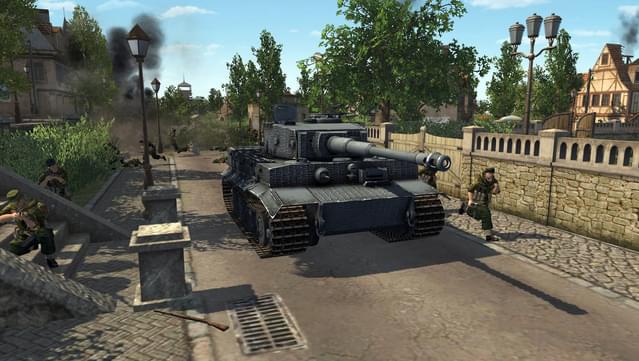
Although this form is not attested in North Germanic and East Germanic languages (the equivalent word in Gothic is ahma, Old Norse has andi m., önd f.), it appears to be a dental suffix derivative of pre-Germanic *ghois-d-oz ('fury, anger'), which is comparable to Sanskrit héḍas ('anger') and Avestan zōižda- ('terrible, ugly'). Stemming from Proto-Germanic *gaistaz, it is cognate with Old Frisian gāst, Old Saxon gēst, Old Dutch gēst, and Old High German geist. The English word ghost continues Old English gāst.

Ghosts are generally described as solitary, human-like essences, though stories of ghostly armies and the ghosts of animals rather than humans have also been recounted. Certain religious practices-funeral rites, exorcisms, and some practices of spiritualism and ritual magic-are specifically designed to rest the spirits of the dead. The belief in the existence of an afterlife, as well as manifestations of the spirits of the dead, is widespread, dating back to animism or ancestor worship in pre-literate cultures. Other terms associated with it are apparition, haunt, phantom, poltergeist, shade, specter or spectre, spirit, spook, wraith, demon, and ghoul. The deliberate attempt to contact the spirit of a deceased person is known as necromancy, or in spiritism as a séance. In ghostlore, descriptions of ghosts vary widely from an invisible presence to translucent or barely visible wispy shapes, to realistic, lifelike forms.

A ghost is the soul or spirit of a dead person or animal that can appear to the living.


 0 kommentar(er)
0 kommentar(er)
